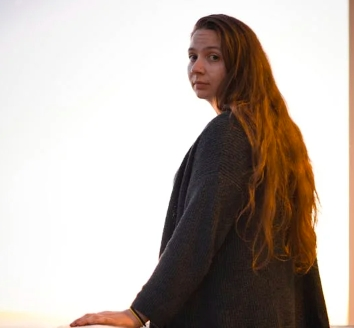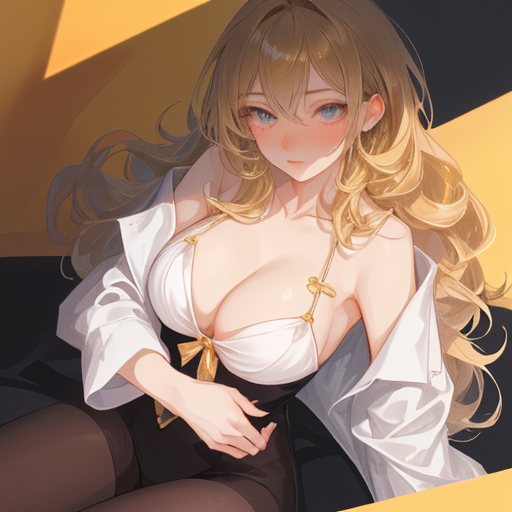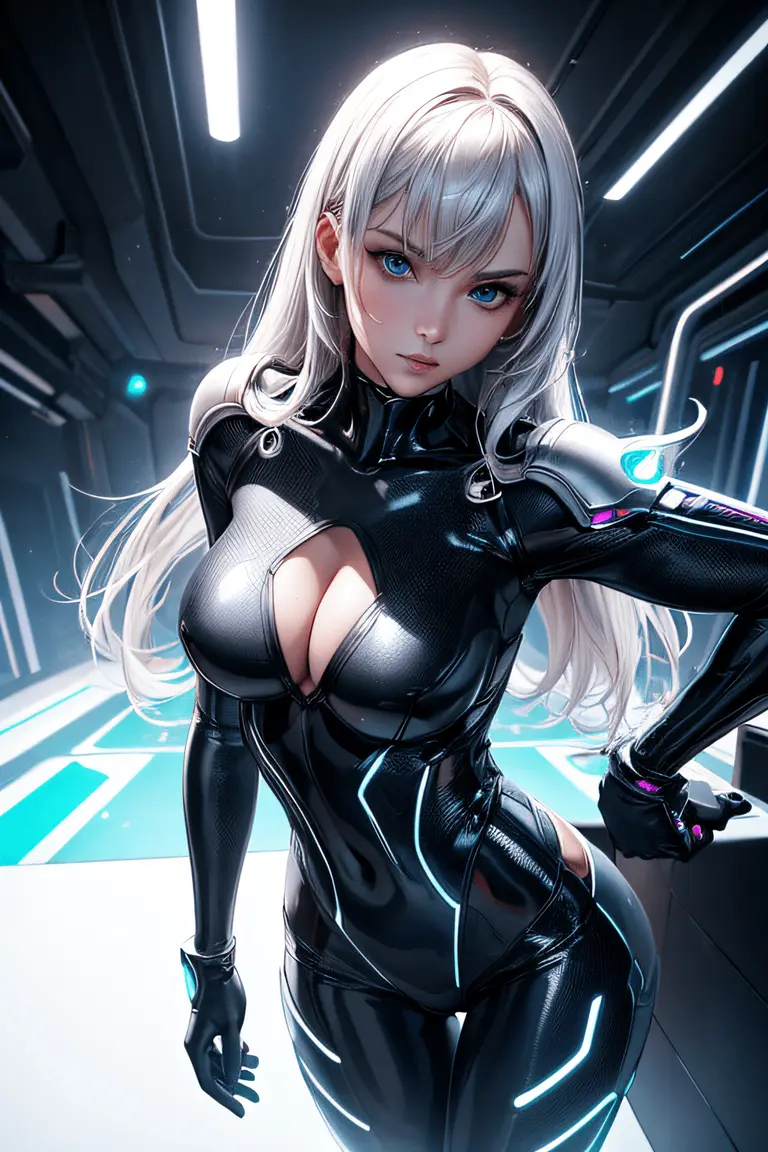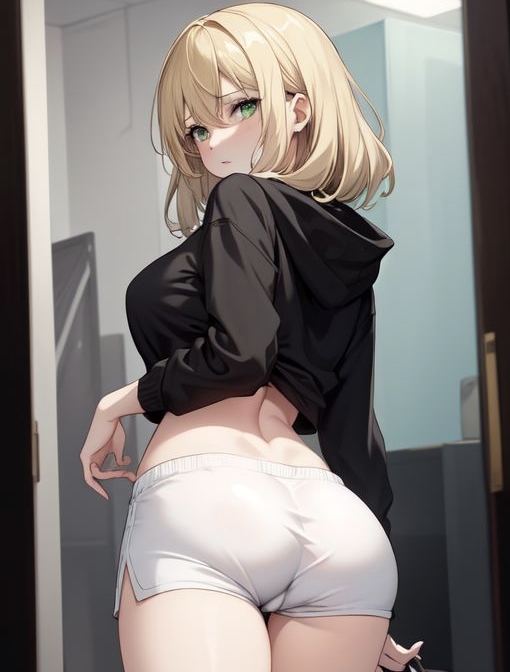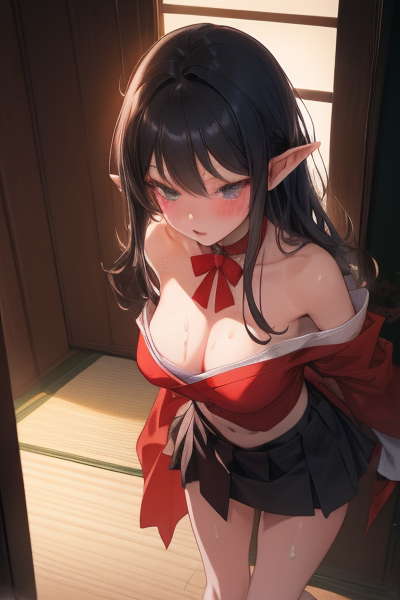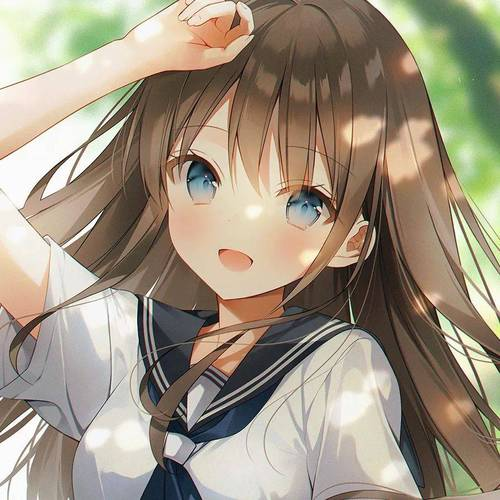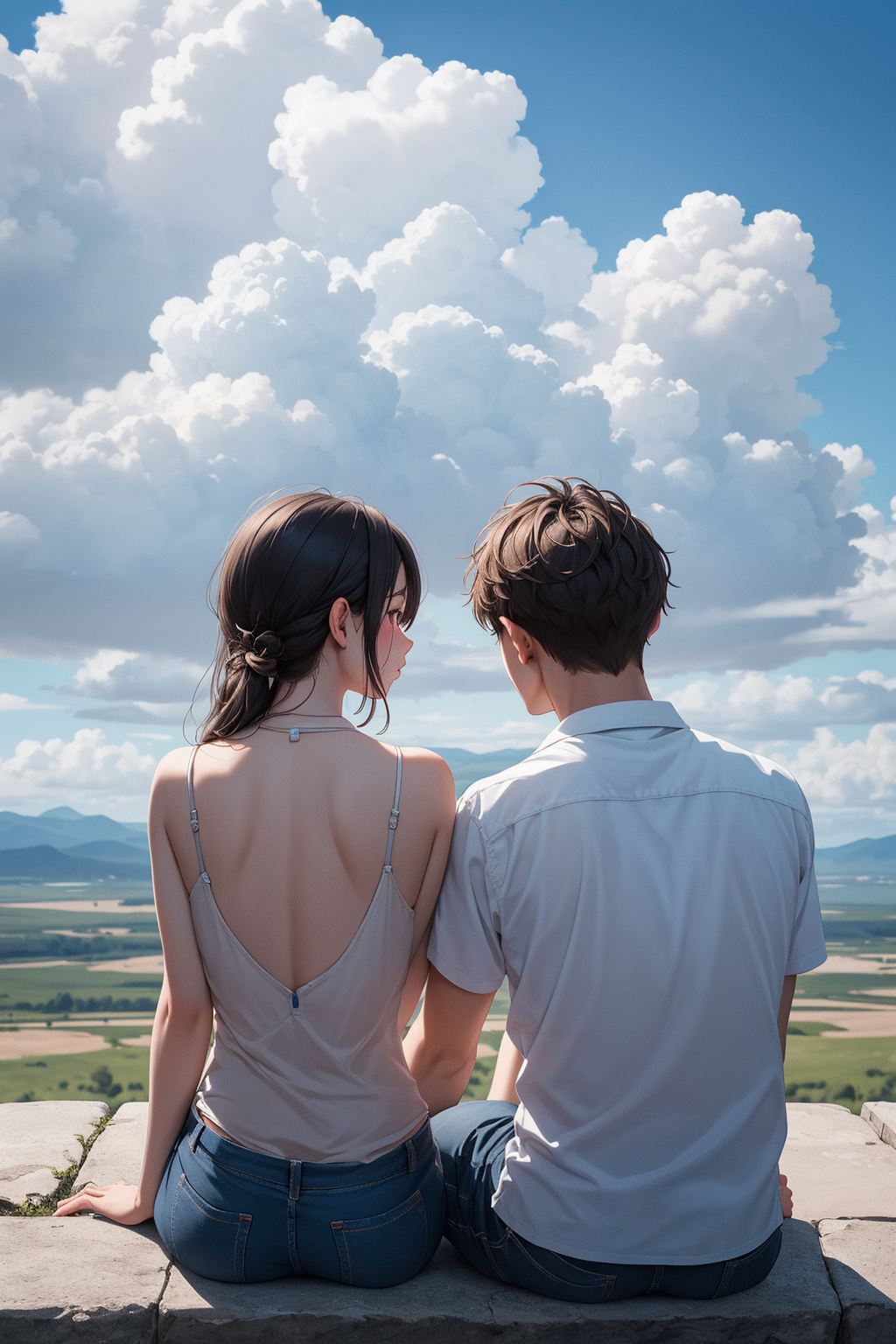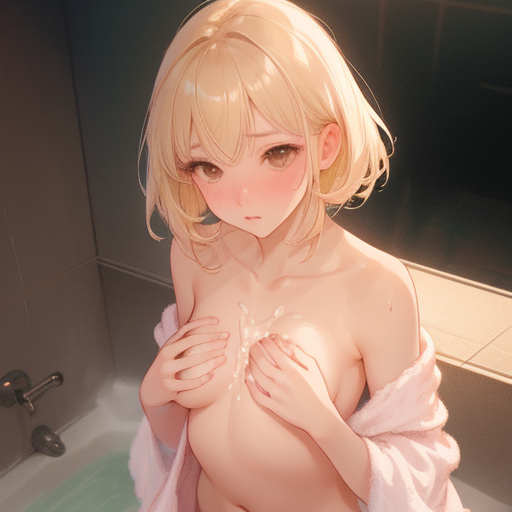NSFW AI Art Generator Blog
Generating Explicit Art with AI: Pushing Boundaries
Artificial Intelligence has infiltrated our lives in various ways, revolutionizing industries and challenging the way we think about creativity. One such area where AI has made significant strides is in generating artistic content. From creating music to writing poems, AI algorithms continue to surprise us with their capabilities. However, one of the most controversial applications of AI in art is the generation of NSFW content.
With the rise of AI art generators, individuals can now create explicit artwork with a simple click of a button. These tools use sophisticated algorithms and machine learning techniques to analyze and synthesize data, producing images that blur the lines between human and machine creativity. But what are the implications of using AI to generate NSFW art, and how does it affect our perception of art and morality?
The Ethics of AI-Generated Art
As AI becomes more prevalent in the art world, questions surrounding its ethical implications become more complex. The creation of explicit content raises concerns about consent, copyright infringement, and the objectification of individuals. While some argue that AI-generated art is simply a form of digital expression, others worry about the potential harm it may cause, particularly in a society already struggling with issues of privacy and exploitation.
On the one hand, AI art generators can be seen as tools for exploration and experimentation, allowing artists to push boundaries and challenge traditional norms. However, the lack of human supervision in the creation process raises questions about accountability and responsibility. Who is ultimately responsible for the content generated by AI algorithms, and who should be held accountable in case of controversy?
The Impact on the Artistic Landscape
AI-generated NSFW art has undoubtedly had an impact on the artistic landscape, sparking debates about the definition of art and the role of technology in creative expression. While some see AI as a threat to traditional artistic practices, others view it as an opportunity to expand the boundaries of what is considered art.
Artists who incorporate AI into their practice often find themselves at the forefront of innovation, exploring new ways of creating and presenting artwork. By collaborating with AI algorithms, artists can tap into a realm of possibilities previously unattainable, blurring the lines between human and machine intelligence.
Looking Towards the Future
As AI continues to evolve and integrate into creative fields, the future of AI-generated art remains uncertain. While the technology holds immense potential for innovation and experimentation, it also raises important questions about ethics, responsibility, and the nature of artistic expression.
Whether we embrace AI-generated art or resist its influence, one thing is clear – the relationship between technology and creativity is changing. As we navigate this evolving landscape, it is crucial to engage in thoughtful discussions and debates about the implications of AI in art, ensuring that we uphold the values and principles that define the art world.
 4.92
4.92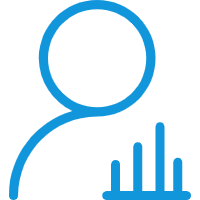 277
277





